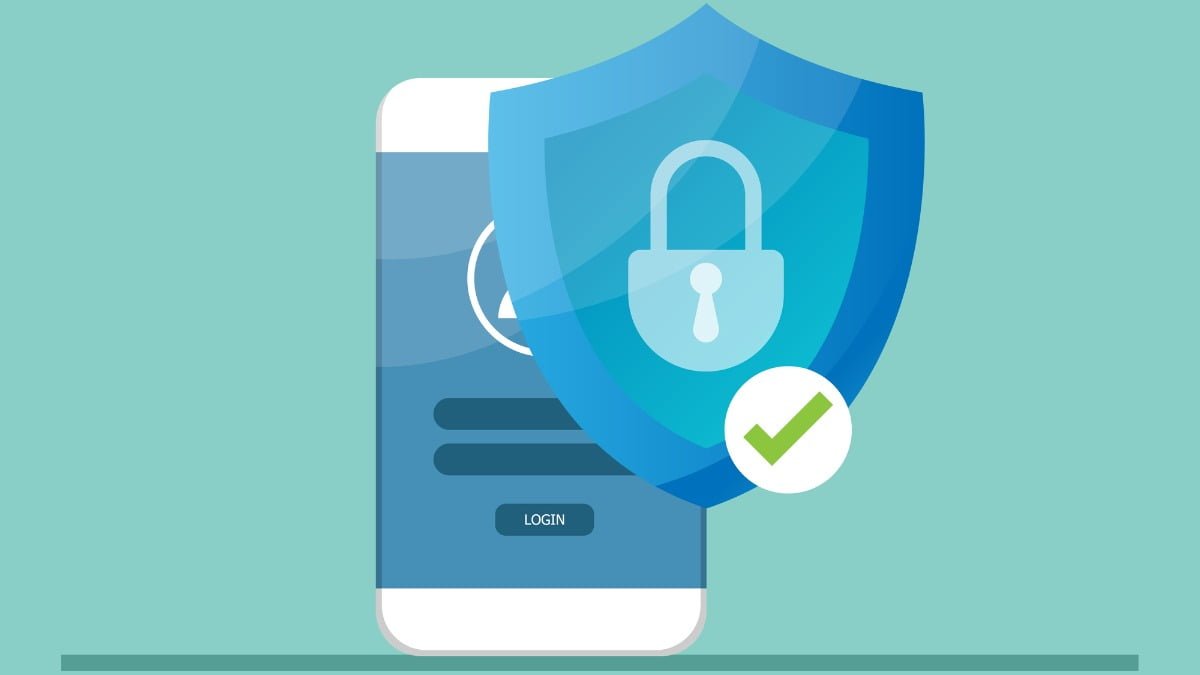Mobile app security is crucial in today’s digital landscape, where smartphones have become integral to our daily lives. Protecting sensitive information and user privacy should be a top priority for app developers. Ensuring robust security for your mobile app is paramount in an era where digital threats continue to evolve. Protecting user data, maintaining privacy, and preventing unauthorized access are key aspects of mobile app protection.
Data encryption: Implement robust encryption mechanisms to safeguard sensitive data both in transit and at rest. Use strong encryption algorithms to protect user credentials, payment information, and any other confidential data exchanged between the app and its server.
Secure Authentication: Enforce strong user authentication methods, such as multi-factor authentication (MFA). This adds an extra layer of security by requiring users to provide multiple forms of identification, reducing the risk of unauthorized access.
Code Obfuscation: Apply code obfuscation techniques to make it challenging for attackers to reverse-engineer your app. Obfuscating the code makes it more difficult for malicious actors to understand the underlying logic, hindering their attempts to exploit vulnerabilities.
Regular Security Audits: Conduct regular security audits and code reviews to identify and address potential vulnerabilities. This proactive approach helps in discovering and fixing security issues before they can be exploited by attackers.
Secure Data Storage: Ensure secure storage of sensitive data on the device. Avoid storing confidential information in easily accessible locations and consider utilizing secure containers or encrypted databases for storing sensitive user data locally.
API Security: If your app communicates with external servers or APIs, implement robust API security measures. Use secure protocols like HTTPS, authenticate API requests, and validate input data to prevent common attacks such as SQL injection or cross-site scripting.
Secure Network Communication: Protect data transmitted between the app and the server by using secure communication protocols. TLS (Transport Layer Security) or SSL (Secure Sockets Layer) should be employed to encrypt data during transit, preventing eavesdropping and man-in-the-middle attacks.
User Permissions: Implement the principle of least privilege when requesting permissions from users. Only seek the permissions necessary for the app’s functionality. Regularly review and update permission requirements to minimize the risk of unauthorized access to sensitive device functionalities.
Device Security Features: Leverage built-in security features of mobile devices. Biometric authentication, such as fingerprint or facial recognition, adds an extra layer of security. Integrating these features enhances user authentication beyond traditional username and password combinations.
Secure Offline Functionality: If your app operates offline, prioritize the security of offline data. Implement local encryption for stored data and validate user identity before granting access to sensitive functionalities in offline mode. This ensures that even if a device is compromised, sensitive information remains protected.
Session Management: Implement secure session management practices. Use session tokens with limited validity, and provide mechanisms for users to log out securely. This prevents session hijacking and enhances overall user account security.
A comprehensive and proactive approach to mobile app security is essential to protect both your users and your business. By incorporating these tips into your development lifecycle and maintaining a continuous focus on security, you can build and maintain a robust defense against the evolving landscape of mobile threats.









